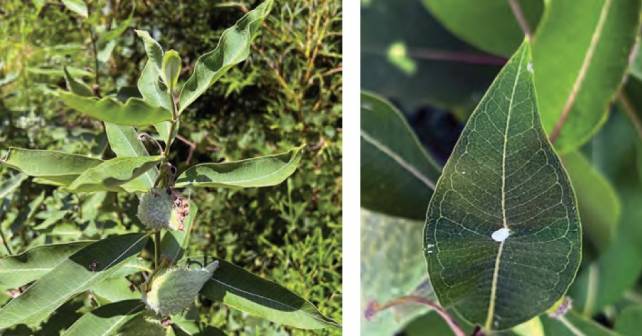
Conclusion
Milkweed (Asclepias spp) are plants of multifaceted importance, contributing to the environment, medicine, culture, and the balanced relationship between predators and prey in the animal kingdom. It’s truly an extraordinary plant worthy of carrying the rod of Asclepius.
Explore This Issue
ACEP Now: Vol 42 – No 12 – December 2023 Dr. Hack is chief of the division of medical toxicology and vice chair for research at East Carolina University in Greenville, North Carolina.
Dr. Hack is chief of the division of medical toxicology and vice chair for research at East Carolina University in Greenville, North Carolina.
References
- Züst T, Petschenka G, Hastings AP, et al. Toxicity of milkweed leaves and latex: chromatographic quantification versus biological activity of cardenolides in 16 Asclepias species. J Chem Ecol. 2019;45(1):50-60.
- Yang JF, Beal CJ. corneal toxicity secondary to latex from Asclepias curassavica in a pediatric patient. Cornea. 2021;40(12):1607-1609.
- Brower LP, Fink LS. A natural toxic defense system: cardenolides in butterflies versus birds. Ann NY Acad Sci. 1985;443:171-188.
- Gaertner EE. The history and use of milkweed (Asclepias syriaca L.). Econ Bot. 1979;33:119–123.
- Simpson NS, Cole JB, Ellsworth H. What toxicity may result from ingestion of the plant pictured below? Answer: cardioactive steroid toxicity from common milkweed. J Med Toxicol. 2013;9(3):287-8.
- Everest MA, Gonella MP, Bowler HG, et al. How toxic is milkweed when harvested and cooked according to Myaamia tradition? Ethnobiology Letters. 2019;10(1):50-56.
- Groen SC, Whiteman NK. Convergent evolution of cardiac-glycoside resistance in predators and parasites of milkweed herbivores. Curr Biol. 2021;31(22):R1465-R1466.
Pages: 1 2 3 | Single Page





No Responses to “Toxicology Answer: Milkweed (Asclepias)”